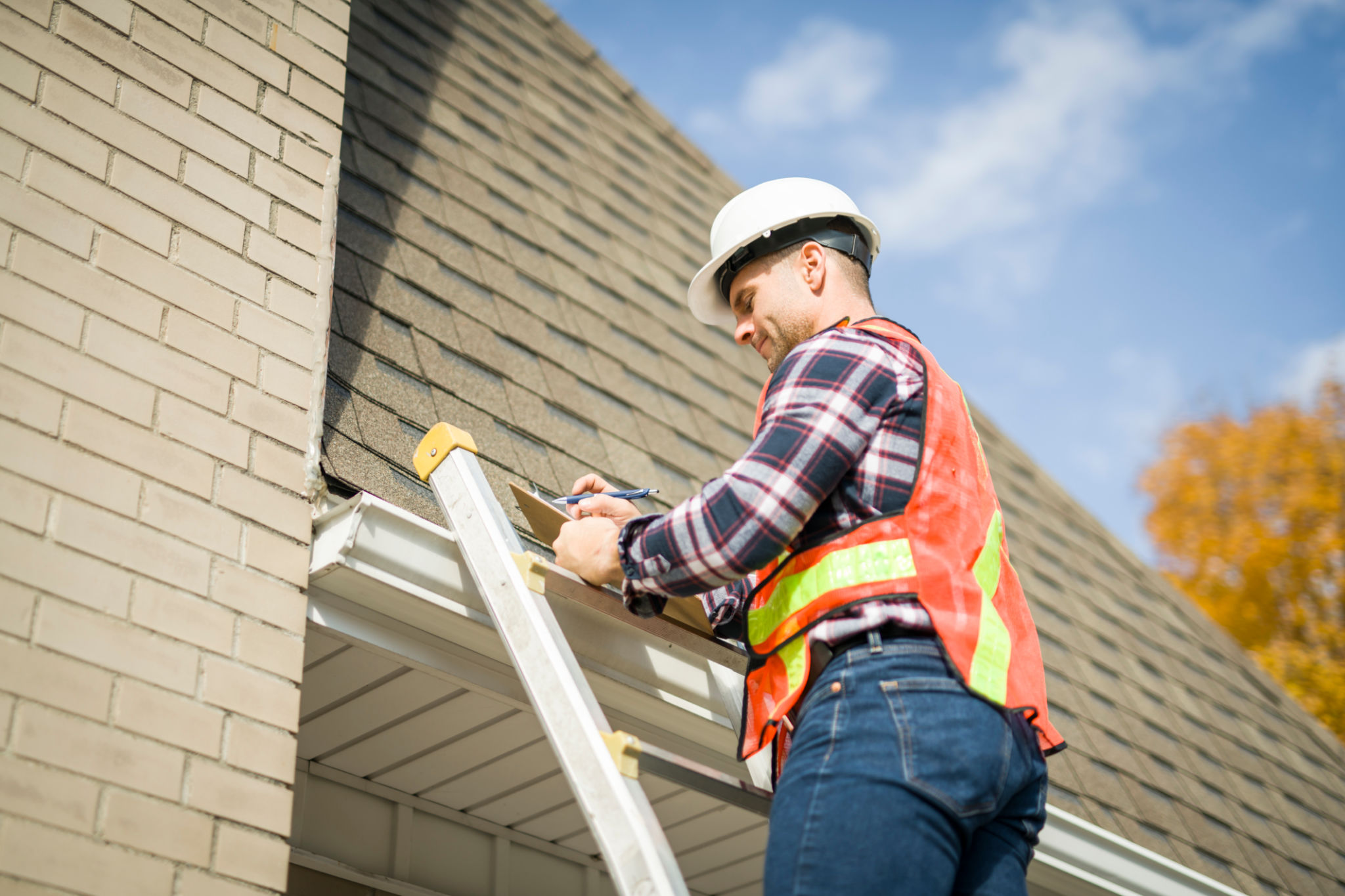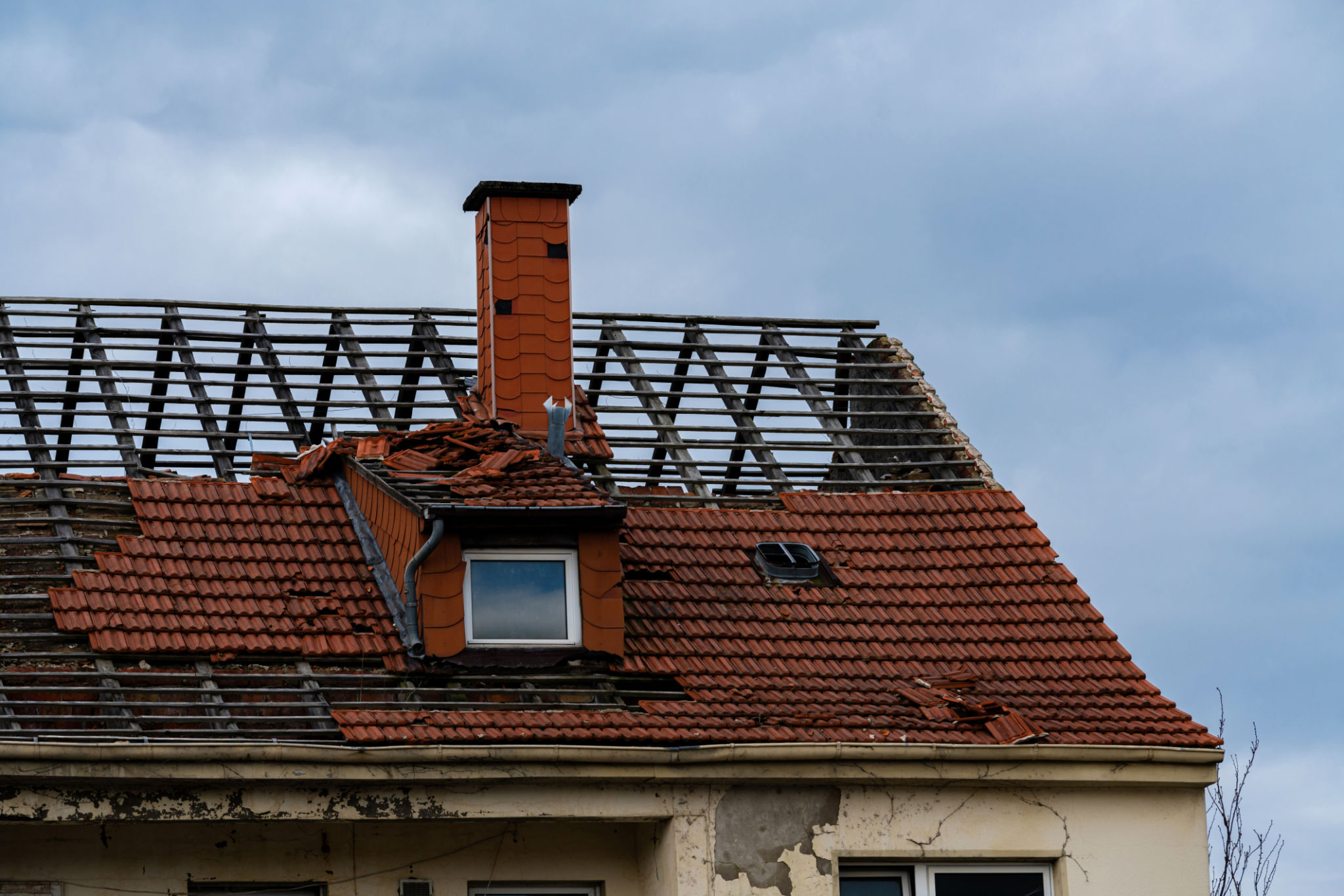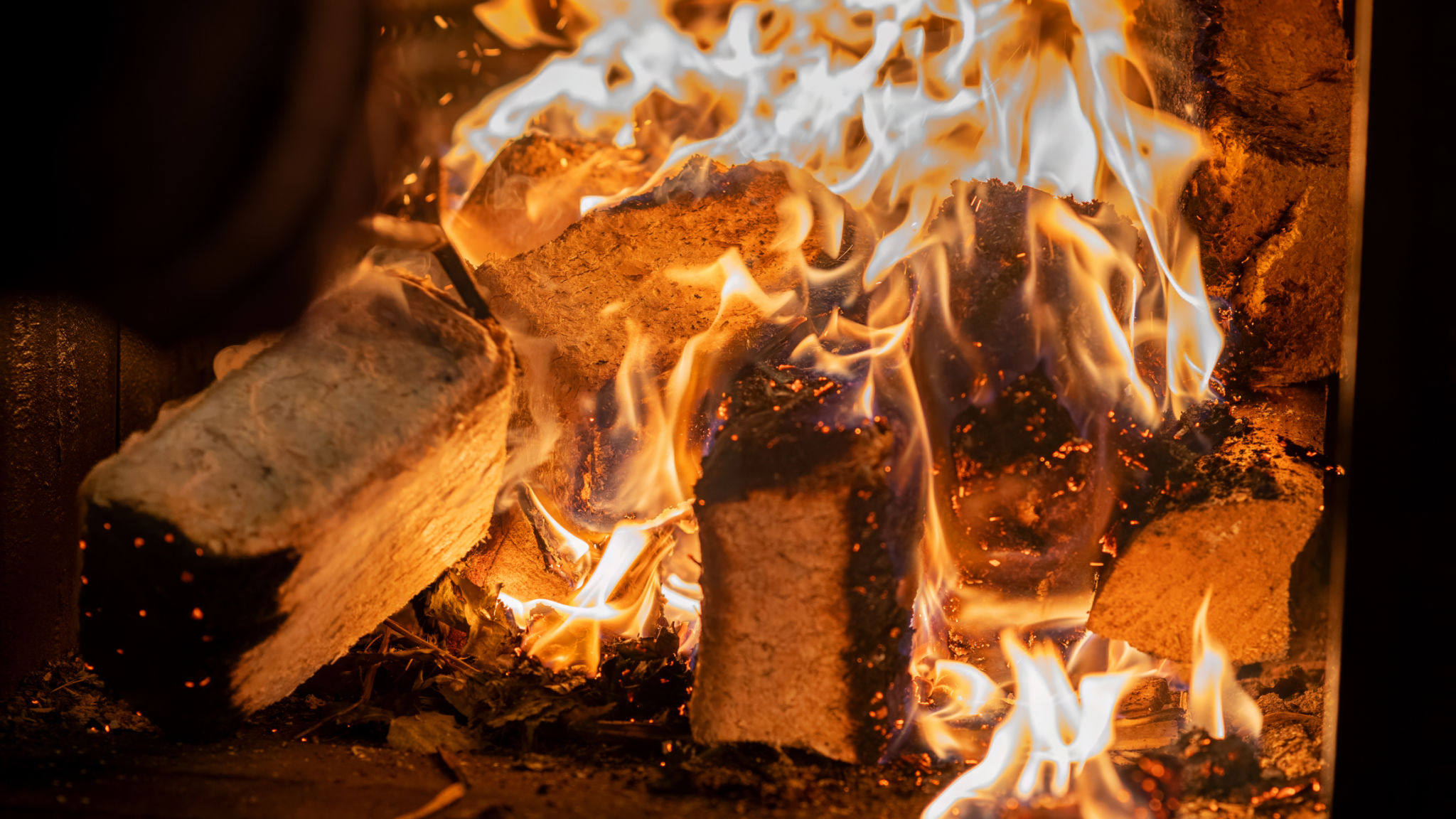Understanding the Importance of Regular Chimney Inspections
Maintaining a safe and efficient home heating system is crucial for every homeowner, and the chimney plays a vital role in this process. Regular chimney inspections are essential to ensure the safety and functionality of your fireplace. Ignoring this maintenance can lead to severe consequences, including fire hazards and carbon monoxide poisoning.

Why Are Chimney Inspections Important?
A chimney inspection is more than just a routine check-up. It helps identify any potential issues before they become major problems. Over time, creosote, a flammable byproduct of burning wood, can build up inside the chimney. This accumulation can lead to chimney fires if not properly cleaned and inspected.
An inspection also uncovers any structural damages or blockages that could compromise the chimney's performance. Birds, small animals, or debris can obstruct the chimney, leading to dangerous fumes being trapped inside your home.
The Risks of Neglecting Chimney Inspections
Neglecting regular chimney inspections can result in several risks. A blocked or damaged chimney can cause smoke to back up into your home, leading to respiratory issues and potential carbon monoxide poisoning. Moreover, undetected structural damage can weaken the chimney, increasing the risk of a collapse.

Fires are another significant risk. The National Fire Protection Association reports that thousands of home fires each year are linked to fireplaces and chimneys. Regular inspections help prevent these incidents by identifying and addressing issues early.
When Should You Schedule a Chimney Inspection?
Experts recommend having your chimney inspected at least once a year. However, the frequency may increase depending on how often you use your fireplace. If you notice any unusual smells, smoke issues, or changes in your fireplace’s performance, it's wise to schedule an inspection right away.

What to Expect During an Inspection
A professional chimney inspection typically involves checking both the interior and exterior of the chimney. The inspector will look for signs of wear and tear, blockages, and creosote buildup. They may also use cameras or other tools to examine hard-to-reach areas.
In some cases, they might recommend additional services like a chimney sweep or repairs to ensure everything is in optimal condition. Being proactive can save you from costly repairs and ensure your home remains safe.
Conclusion
Regular chimney inspections are a small investment in your home’s safety and efficiency. By ensuring your chimney is in good condition, you protect your family from potential hazards associated with fireplaces. Don't wait until it's too late—schedule an inspection today to enjoy peace of mind and a cozy, safe home environment.